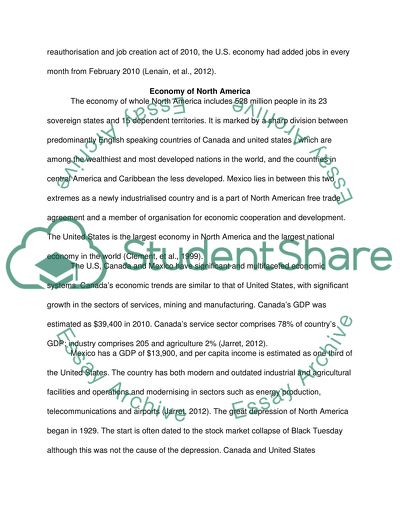Cite this document
(“International Trade Administration of North America Term Paper”, n.d.)
International Trade Administration of North America Term Paper. Retrieved from https://studentshare.org/macro-microeconomics/1608028-international-trade-administration-of-north-america-with-canada-and-mexico
International Trade Administration of North America Term Paper. Retrieved from https://studentshare.org/macro-microeconomics/1608028-international-trade-administration-of-north-america-with-canada-and-mexico
(International Trade Administration of North America Term Paper)
International Trade Administration of North America Term Paper. https://studentshare.org/macro-microeconomics/1608028-international-trade-administration-of-north-america-with-canada-and-mexico.
International Trade Administration of North America Term Paper. https://studentshare.org/macro-microeconomics/1608028-international-trade-administration-of-north-america-with-canada-and-mexico.
“International Trade Administration of North America Term Paper”, n.d. https://studentshare.org/macro-microeconomics/1608028-international-trade-administration-of-north-america-with-canada-and-mexico.


